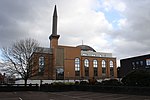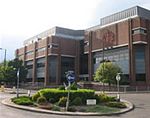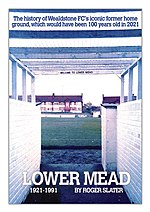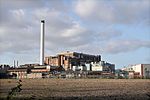Harrow and Wealdstone rail crash
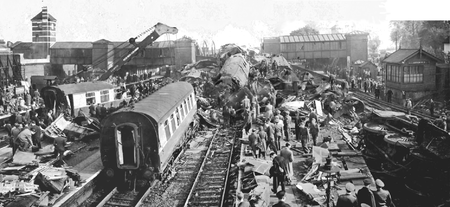
The Harrow and Wealdstone rail crash was a three-train collision at Harrow and Wealdstone station in Wealdstone, Middlesex (now Greater London) during the morning rush hour of 8 October 1952. 112 were killed and 340 injured, 88 of these being detained in hospital, and it remains the worst peacetime rail crash in the United Kingdom and the second deadliest overall. The Quintinshill rail disaster of 1915 had 226 fatalities. An overnight express train from Perth crashed into the rear of a local passenger train standing at a platform at the station. The wreckage blocked adjacent lines and was struck within seconds by a "double-headed" express train travelling north at 60 mph (100 km/h). The Ministry of Transport report on the crash found that the driver of the Perth train had passed a caution signal and two danger signals before colliding with the local train. The reason for this was never established, as both the driver and the fireman of the Perth train were killed in the accident. The accident accelerated the introduction of the Automatic Warning System, and British Railways agreed to a five-year plan to install the system to give drivers an in-cab audible and visual warning when nearing a signal at caution, actuated by magnets between the rails.
Excerpt from the Wikipedia article Harrow and Wealdstone rail crash (License: CC BY-SA 3.0, Authors, Images).Harrow and Wealdstone rail crash
Sandridge Close, London Wealdstone (London Borough of Harrow)
Geographical coordinates (GPS) Address Nearby Places Show on map
Geographical coordinates (GPS)
| Latitude | Longitude |
|---|---|
| N 51.592222222222 ° | E -0.335 ° |
Address
Harrow & Wealdstone
Sandridge Close
HA1 1XD London, Wealdstone (London Borough of Harrow)
England, United Kingdom
Open on Google Maps



